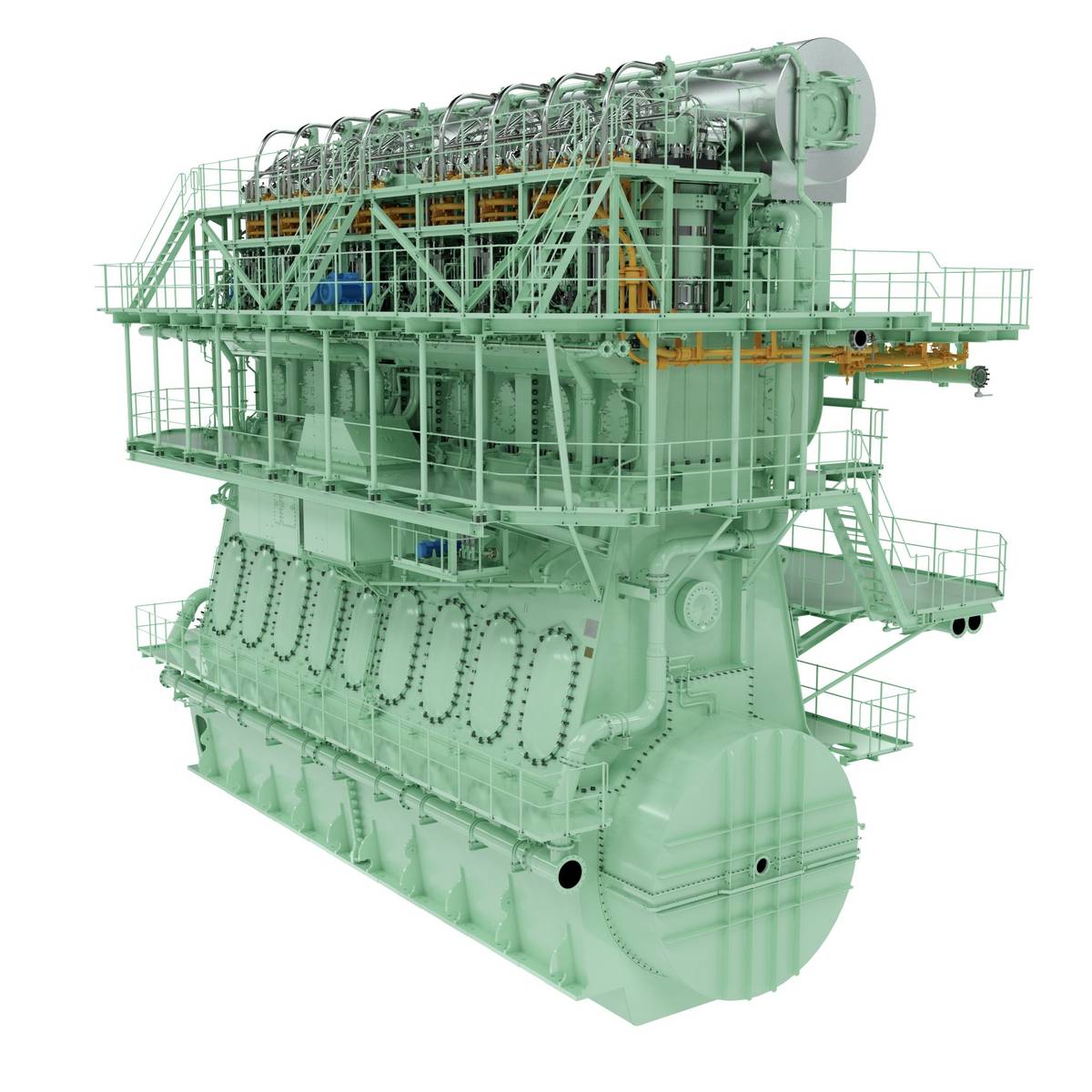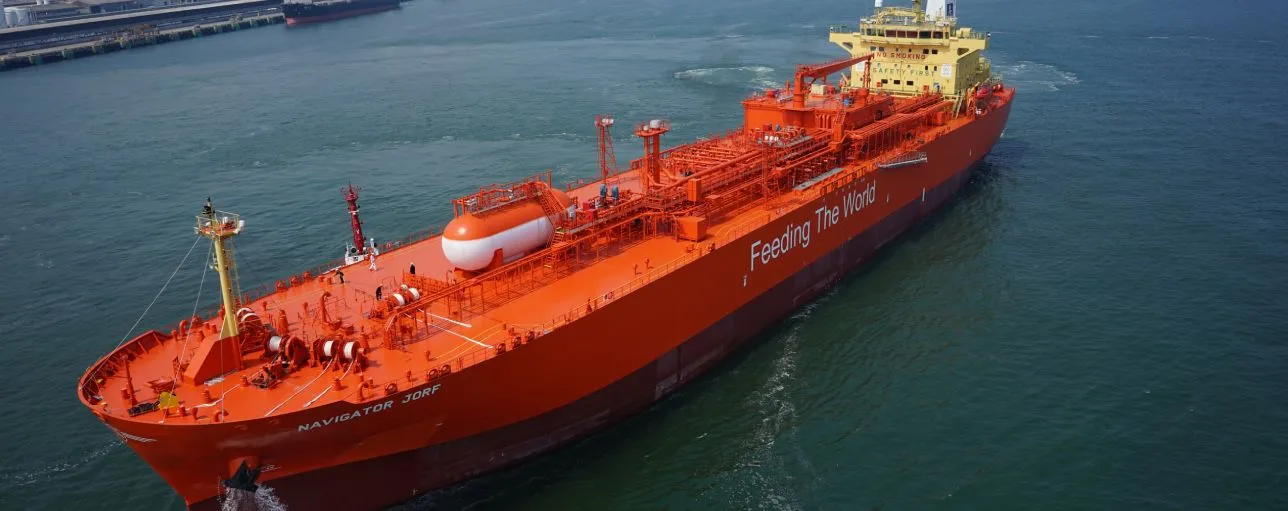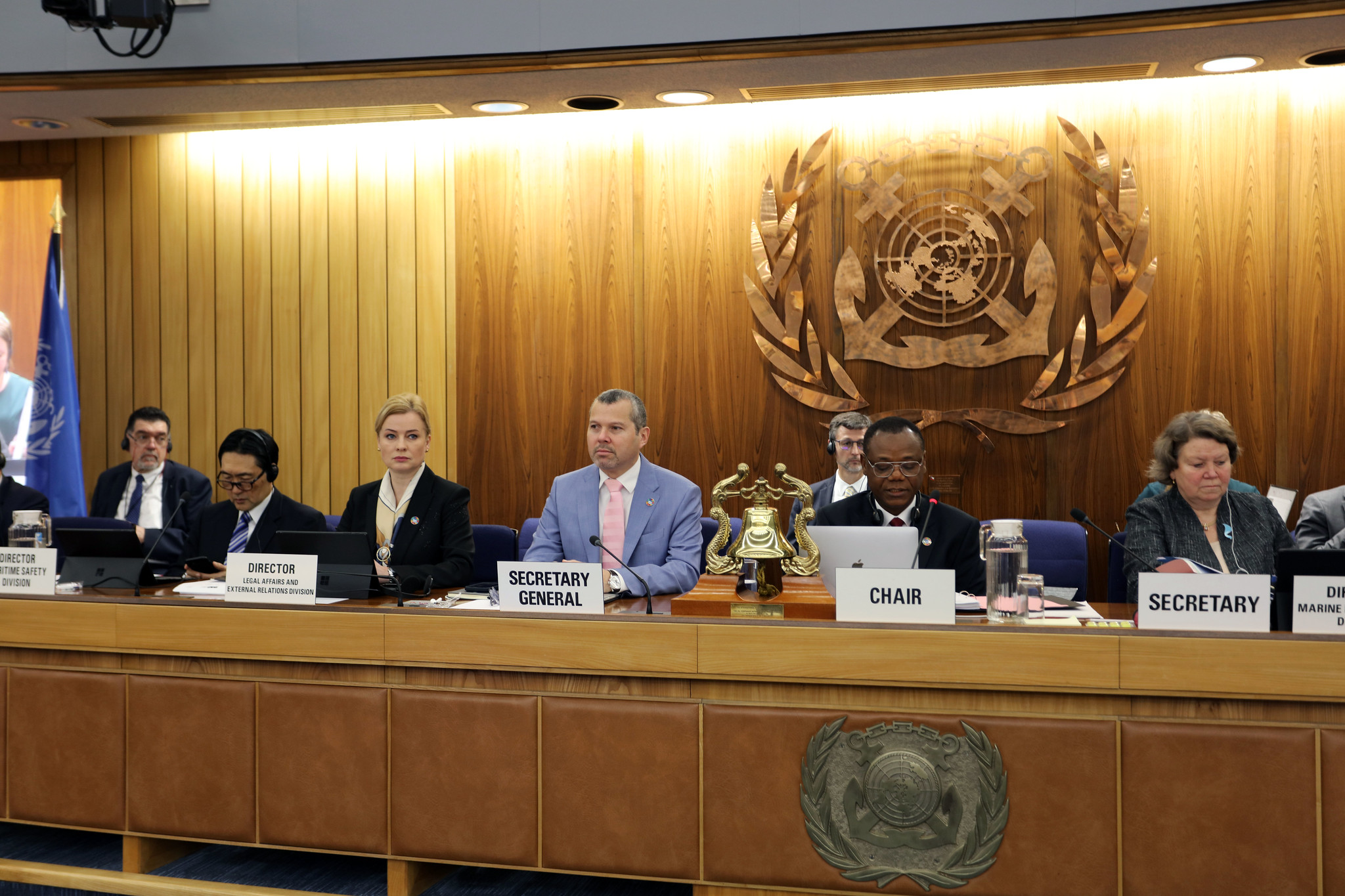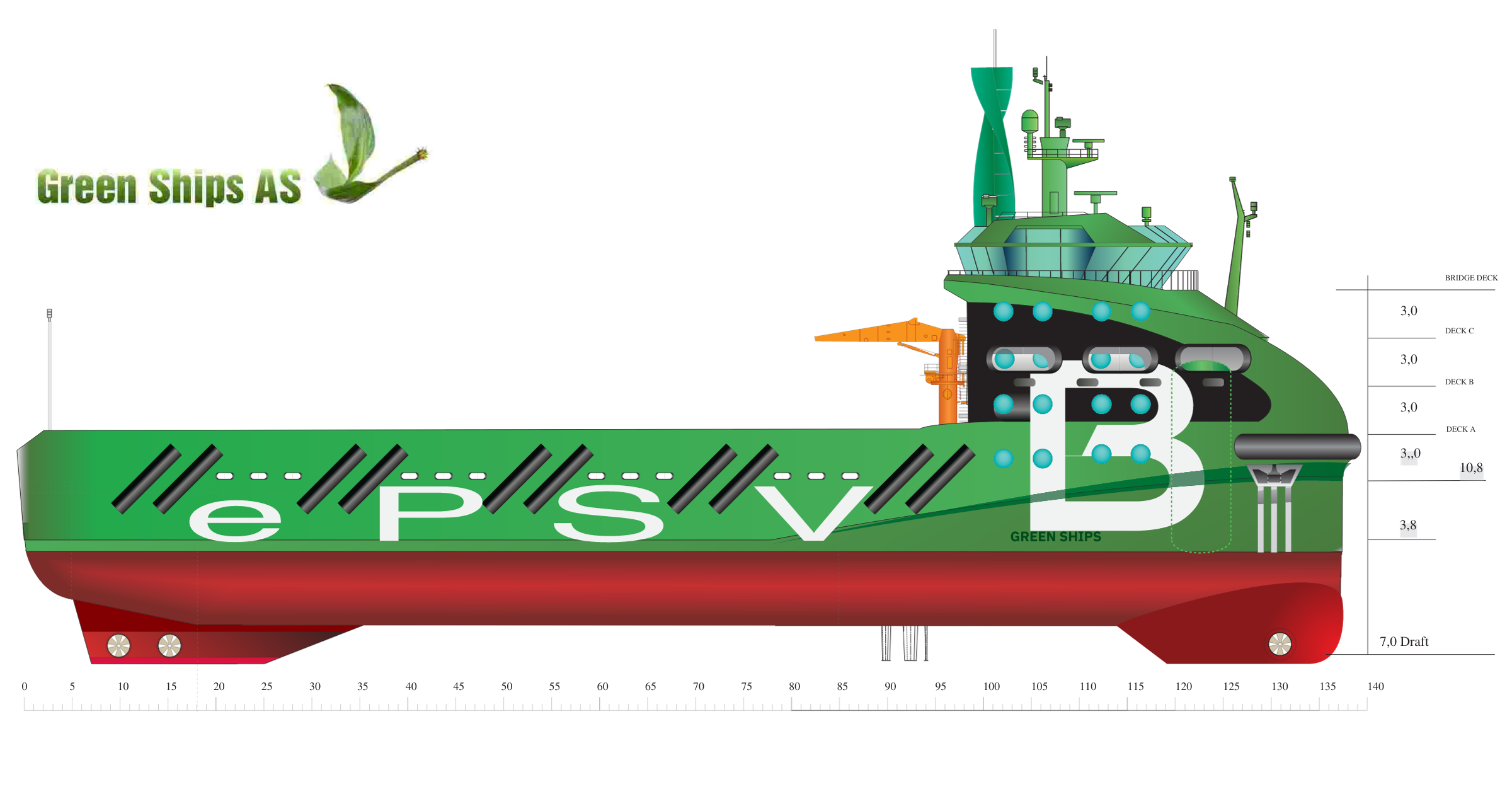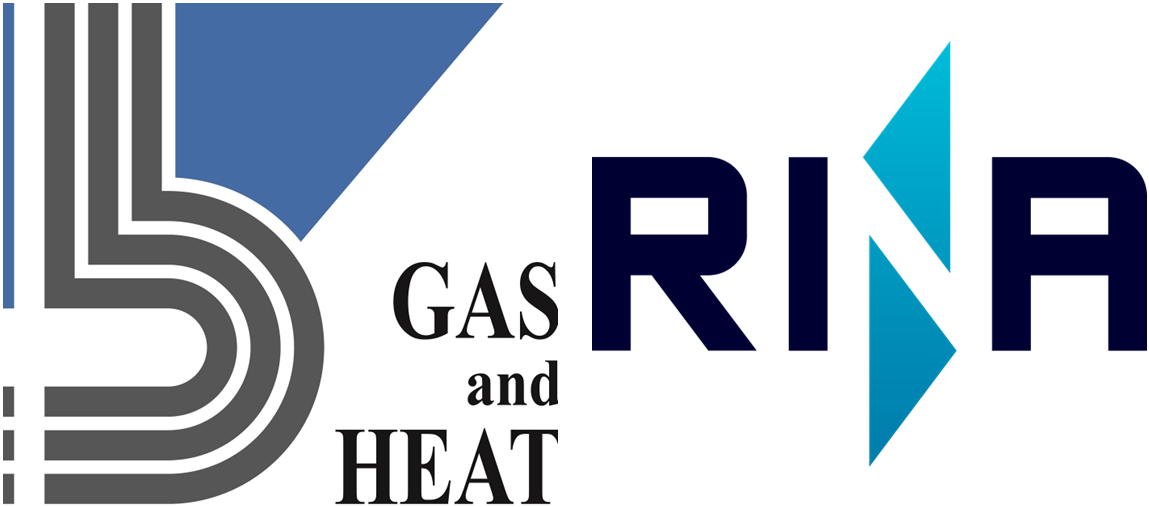Amogy: technology deployment on construction sites, supply vessels
Amogy’s ammonia-to-electrical power system will be used to charge Terox’s electric construction vehicles, thanks to a new commercial partnership in Norway. It will also be deployed onboard Hanwa Ocean’s ammonia-fueled supply vessels.

